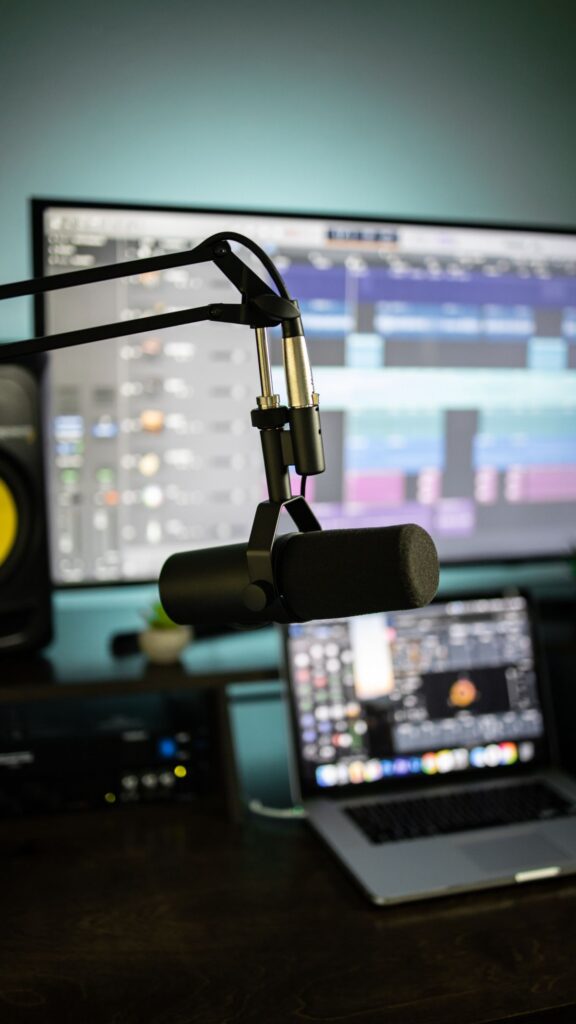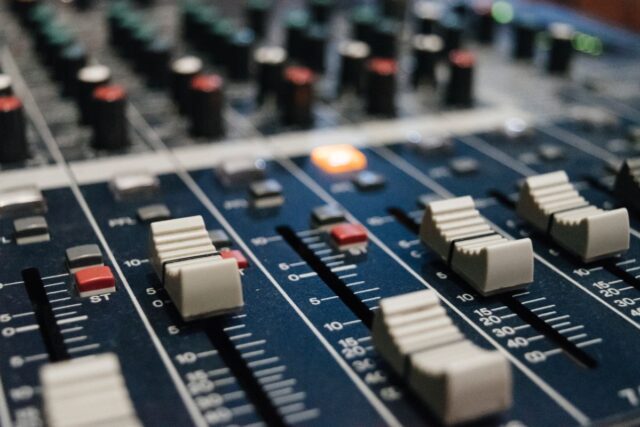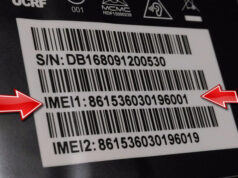If the recording was easy, everyone would be a producer. So, no, it’s not easy. It is in fact a complex and sturdy process, which requires a lot of talent and dedication. Recording sound by pressing play and getting everything rolling is not how it goes. Don’t even dare imagine it like that. What matters the most with the recording process is the end product which can only be achieved through a lot of effort put into mastering the craft. Because you’re reading our article, we are going to assume that you are a beginner in this domain, or that you barely want to start learning the process.
If this is the case, you have come to the right place, as we’re about to share with you the four tips for understanding the music recording process. As we said, it’s nothing easy, but at the same time is not out of this world. What this means is that after reading this article you’re not going to be a professional in this domain. Instead, you’ll have the introduction in the business handed to you on a silver plate. After reading this, you’ll know the bare minimum required to even grasp the essence of this work. If you want to get seriously into it, you’ll need to shed some tears, sweat, and blood. If it was easy everyone would do it, and only a selected few have enough dedication and talent to put out a quality product without a fault.
It Starts With Pre-Production

When it comes to starting the recording process, it doesn’t start from zero. No, you’ll be starting in the minus. This is what every music producer is going to tell you. Before you get the audio rolling, and the work starts you need to make sure that everything is set the right way, and that the equipment is working properly. There are many assets to be out in order before the recording process starts. The essence of the whole pre-production thing is that you’re already set on the melodic part and that the founding stones are put in place. This will be an easy job if you have the right ideas on where to start. With music, it’s all about making an idea into a reality. But, it’s not just about having them; it’s about the order in which you’re going to approach them. Have your focus set on the genre, the melody, instruments you’re going to use, and the influences you’re going to follow. Make sure that everything is gelled before you start working, so that once the action starts you’re not left without a direction in which to move. Make sure that you listen to your favorite artists, listen to other professionals that could give you any advice or a hint, or simply do not start working until your inspiration is in the right place.
Know The Right Time For The Recording Process
Once the pre-production part is over, the work can start. It is up to you when it will be the right time. You need to develop the feeling that will tell you when to start after the foundation was lied down. Back in the day, this was a simple process. But, things have changed. Technology advanced making some things easier and others more complicated. Have you watched Super Bowl 56? Eminem, Dr. Dre, 50 Cent, Snoop Dogg, and others made quite a show. Something like that wasn’t imaginable only a few decades ago both in the audio and the video department. A half-a-century ago you could record a take in one go with only a few microphones in place. Today, it’s a bit different. The process is called the multitrack recording, and it is quite sophisticated. You can record each instrument on its own, and mix it later. This makes a big difference in terms of creating a unique sound for each instrument separately and for the whole mix altogether and also to have clearer sound due to the fact there’ll be no mixing of the instrument sound while recording. This is great for upcoming producers who can do a lot of work on their own, without much need for outside help.
Move Onto the Editing Process

This is where all the fun begins. Once you have everything set up, and the recording process is over, you can start editing your product. Of course, it’s not wise to assume that everything is done after a few recording sessions. No, to reach the pinnacle of the business, and to have everything coming your way, you need to learn how to shape your creation. The editing process is where professionals are made, and where you can sell yourself as a better artist compared to someone else. Once re-listening to your recordings, you’ll notice many flaws and inconsistencies in your work, but the chance to make it better is still there. This is where you add the vocals if you feel that everything before is done the right way. Vocals are the essential part of the whole ordeal, and through the editing process, you need to find a way to incorporate them perfectly.
Become The Master
No, this is not some Star Wars Jedi thing. You need to reach the mastering part to call yourself a producer in the music domain. Once the song is in its ending phases it needs to be mastered. All the materials you collected and worked with need to be stored on a single file. Now that you have it put in one stereo file, you can start finishing your work. There are many techniques mastering experts use when they are trying to make a product. Some of the most common ones include work on loudness, balance, frequencies, and stereo widening. Once you go through all the motions, you have created what is called a sample. When you reach this stage, you need to be aware that your work is done. The first time you do all of this on your own, you’ll be one step closer to fully understanding the music recording process.




